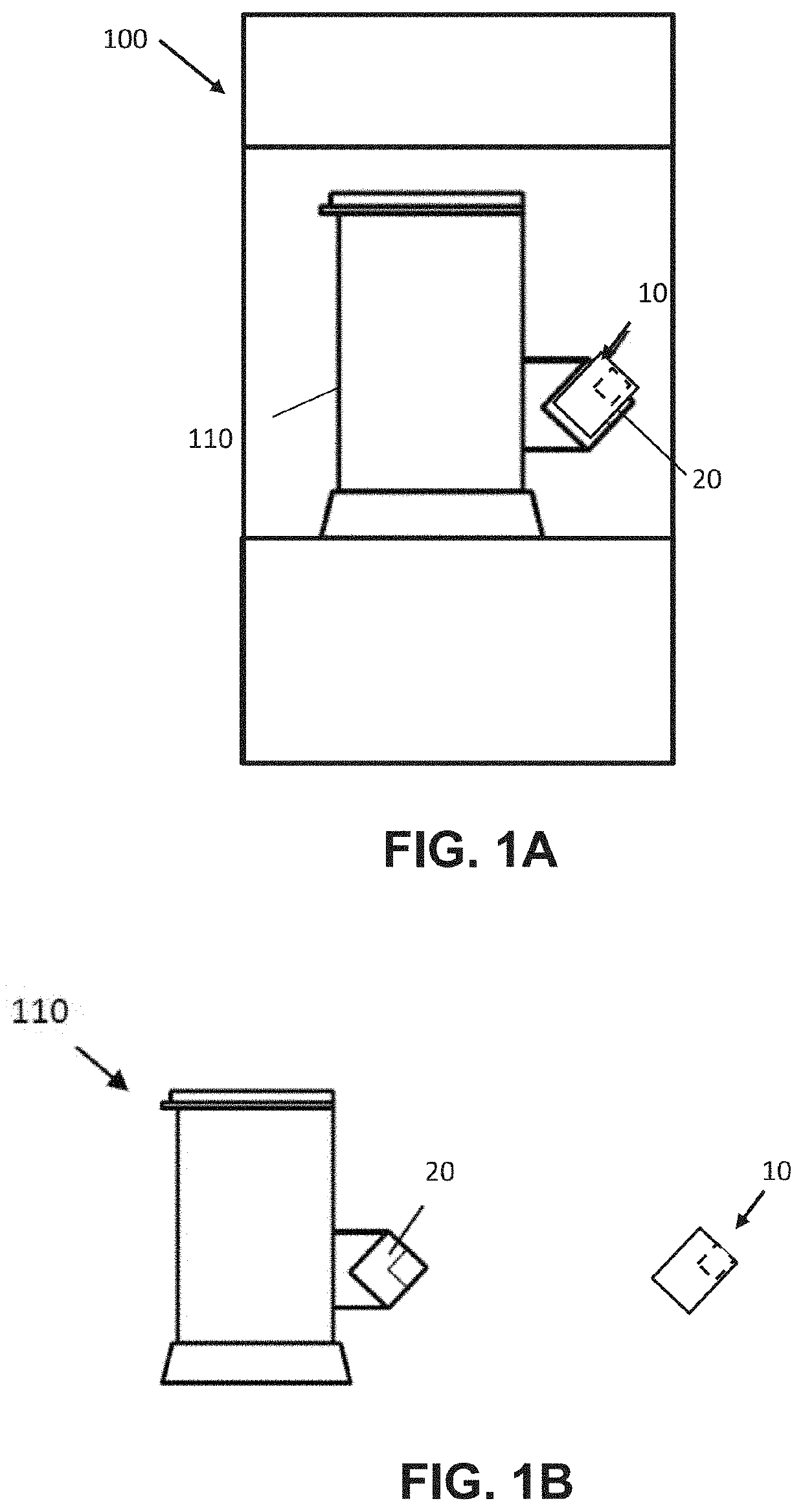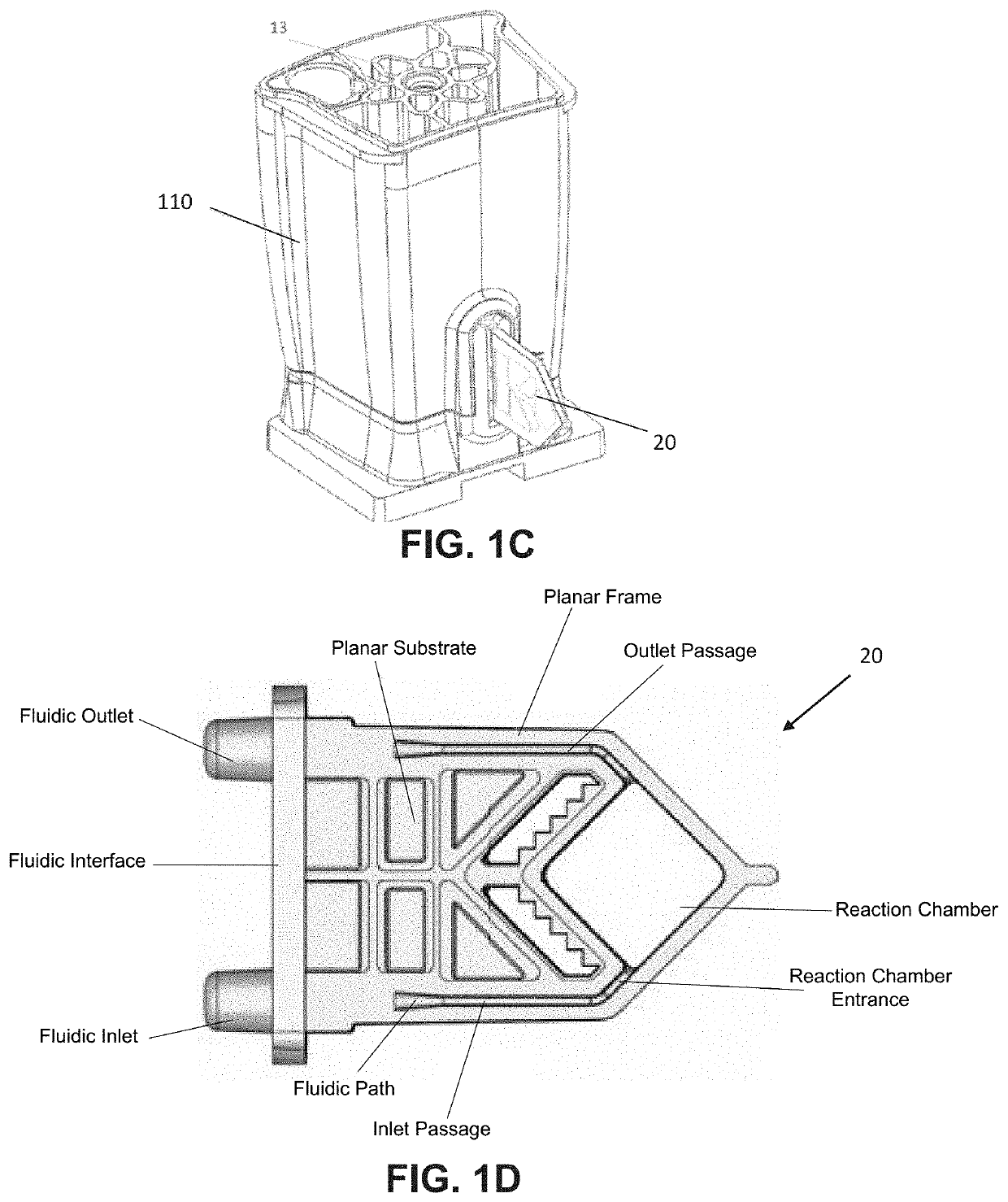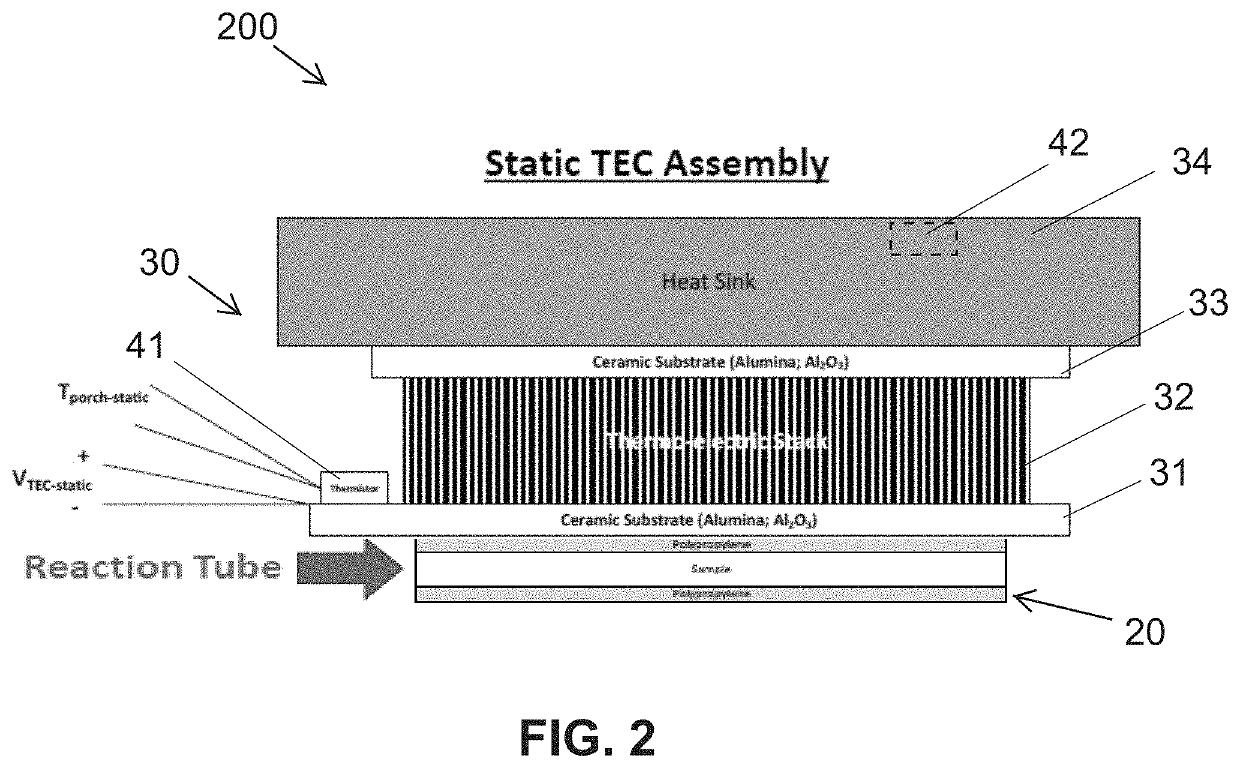Thermal control device and methods utilizing temperature distribution modeling
a technology of temperature distribution and control device, applied in the direction of heat insulating device, heat measurement, instruments, etc., can solve the problems of increasing space and power requirements, lag and overlap problems frequently become worse, and not operating with rapid digital-like precision
- Summary
- Abstract
- Description
- Claims
- Application Information
AI Technical Summary
Benefits of technology
Problems solved by technology
Method used
Image
Examples
Embodiment Construction
[0047]The present invention relates generally to systems, devices and methods for controlling thermal cycles in a chemical reaction, in particular, a thermal control device module adapted for use in controlling thermal cycling in a nucleic acid amplification reaction.
[0048]In one aspect, the invention provides a thermal control device that provides improved control and efficiency in thermal cycling, particularly thermal cycling for a polymerase chain reaction of a fluid sample in a reaction-vessel. Such devices can include one or more active elements (e.g. a TEC), each positioned in direct contact with or immediately adjacent the reaction-vessel so that a temperature of the active face of the TEC(s) can be used to control a temperature of the fluid sample within the reaction-vessel. Prior art approaches typically rely on the temperature of the TEC as corresponding to the temperature of the fluid sample and assume sufficient time for thermal conduction to equilibrate the temperature ...
PUM
 Login to View More
Login to View More Abstract
Description
Claims
Application Information
 Login to View More
Login to View More - R&D
- Intellectual Property
- Life Sciences
- Materials
- Tech Scout
- Unparalleled Data Quality
- Higher Quality Content
- 60% Fewer Hallucinations
Browse by: Latest US Patents, China's latest patents, Technical Efficacy Thesaurus, Application Domain, Technology Topic, Popular Technical Reports.
© 2025 PatSnap. All rights reserved.Legal|Privacy policy|Modern Slavery Act Transparency Statement|Sitemap|About US| Contact US: help@patsnap.com



